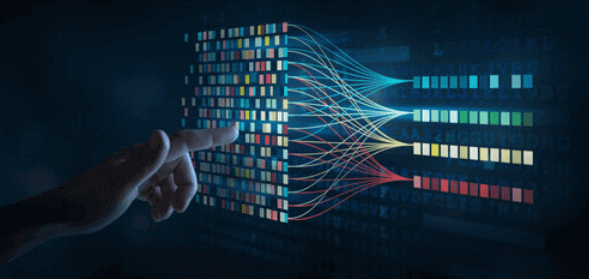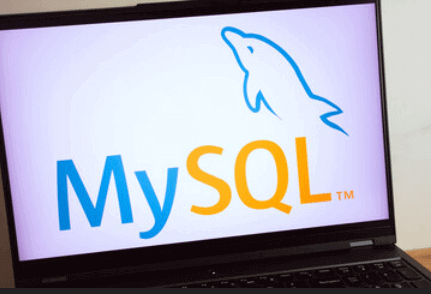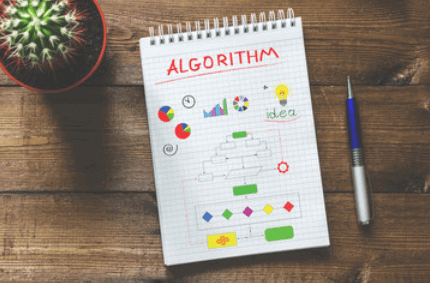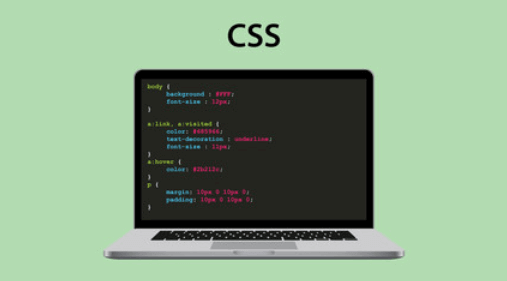Question
a.
By directly increasing structured information production
b.
By supporting knowledge production life cycles
c.
By reducing the amount of unstructured information
d.
By minimizing the use of information retrieval methods
Posted under Big Data Computing
Engage with the Community - Add Your Comment
Confused About the Answer? Ask for Details Here.
Know the Explanation? Add it Here.
Q. How can semantic technology be applied in analyzing web pages and texts for tracing entity descriptions and changes over time?
Similar Questions
Discover Related MCQs
Q. What is a significant impact of unstructured information growth on knowledge life cycles?
View solution
Q. How can unstructured information processing enhance knowledge dissemination?
View solution
Q. What advantage does unstructured information processing provide in knowledge integration for teaching?
View solution
Q. How can text clustering contribute to the knowledge production phase?
View solution
Q. What does content syndication offer in terms of knowledge integration processes?
View solution
Q. In a business context, how can unstructured information processing contribute to the knowledge production phase of the knowledge life cycle?
View solution
Q. What processes are part of knowledge integration in Firestone's approach?
View solution
Q. What does it mean when a validated knowledge claim is adopted?
View solution
Q. What is the key task of knowledge production in the overall knowledge life cycle?
View solution
Q. What activities are part of knowledge production?
View solution
Q. What are the two essential phases in the knowledge life cycles according to Firestone's approach to knowledge management?
View solution
Q. What type of shift is impossible to identify in LDA?
View solution
Q. Which perspective finds advantages of LSA for research in the humanities and literary sciences?
View solution
Q. What is a key advantage of LDA over LSA?
View solution
Q. What type of matrices require efficient SVD processing in the context of LSA?
View solution
Q. What distinguishes hierarchical topic modeling from hierarchical modeling in the context of document analysis?
View solution
Q. What is the main objective of hierarchical topic modeling?
View solution
Q. What challenge is associated with extending the correlated topic model (CTM) to accommodate a potentially unlimited number of topics?
View solution
Q. What kind of prior distribution is commonly used for correlated topic models (CTMs) to account for topic correlations?
View solution
Q. What is one advantage of correlated topic models (CTMs) over traditional LDA models?
View solution
Suggested Topics
Are you eager to expand your knowledge beyond Big Data Computing? We've curated a selection of related categories that you might find intriguing.
Click on the categories below to discover a wealth of MCQs and enrich your understanding of Computer Science. Happy exploring!








